This is our Kings Cross to bear
What is it about Kings Cross that still frightens so many people ... so much so that lockout laws that have stripped the city of fun might never be lifted?
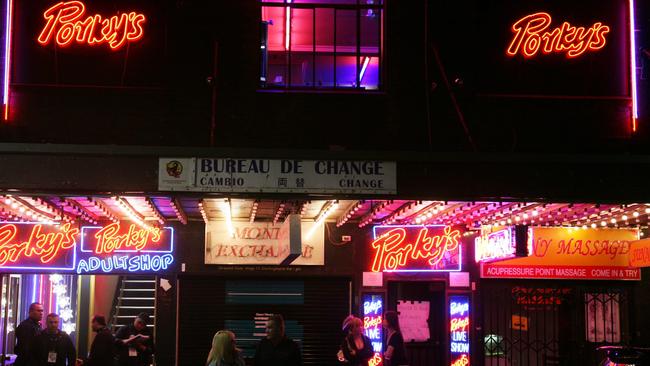
Who’s afraid of Kings Cross? It seems many people are. Last week a NSW parliamentary committee recommended scrapping controversial lockout laws in Sydney’s CBD by next year.
The report called for 1.30am lockouts and 3am closing times to be lifted. It was thought the laws were costing the economy $16bn a year and that the fun and vibrancy had gone from a city that should have a night-time economy to match that of Tokyo and New York.
There was one exception to this recommendation: that the lockout laws remain in Kings Cross.
As far as the committee was concerned the Cross was “not yet sufficiently changed to warrant a complete reversal”. A state politician added that “Kings Cross cannot be allowed to return to how it was”. What is it that scares so many people about the place, even its name?
These lockout laws were caused by two horrific events in Kings Cross, which led to such an outcry that the government decided to take action. In 2014 two innocent young men, Thomas Kelly and Daniel Christie, in separate incidents, were minding their own business in the Cross when they were king-hit and killed by two thugs from the suburbs. The deaths seemed to epitomise how lawless the area had become and how much it confirmed all the lurid associations of crime and violence associated with the popular image of Kings Cross.
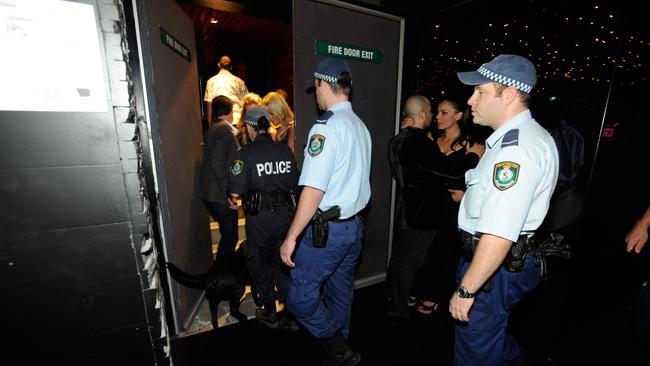
To locals like me it wasn’t much of a surprise. After the beginning of the new millennium the area began to quickly change. It was no longer a mecca for tourists. Strip shows and sex shops were old hat. Internet porn had gained ground, prostitution had moved to the suburbs and the area was notorious for drugs and crime. A dozen hotels were gutted and renovated into expensive apartments. There was a rush to gentrify the area. At the same time the City of Sydney decided to designate it as a 24/7 entertainment district. There was no way to avoid a collision of opposing values and functions.
By 2014, 20,000 people converged on the Cross of a Friday and Saturday night. Because of the cost of drinks, many of them had pre-fuelled with alcohol. They had come from the suburbs and were looking to have a good time. But there were so many visitors that venues, like hotels or clubs, were too overcrowded to get into.
A familiar sight was that of a milling mass of thousands of drunken men and women with nothing to do. Fights broke out and the stench of vomit, urine and shit the next morning could be overwhelming. The nearby St Vincent’s Hospital had to deal with deaths, injuries and overdoses.
Now, on weekend nights, the area is like a ghost town compared with those years. Which is how many residents, especially those who have bought up-market apartments, would like to keep it. The gentrification has created a smug sense of self-absorption and privilege, with its denizens proud of its gyms, health food stores, playgrounds and gift shops. These people have no time for the history of the place, which for nearly 100 years was an oasis that defied the tyranny of suburban mores and morals. The name Kings Cross is so reviled by real estate agents that they call it Potts Point South.
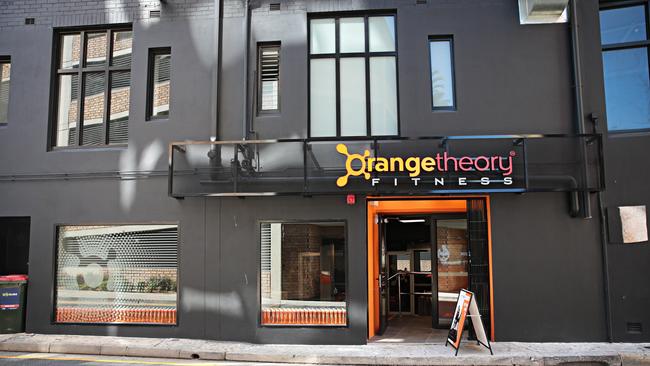
In my book Kings Cross: A Biography, published a year before the lockout laws, I detailed the extraordinary ways the Cross contributed to Australian culture and society.
From the 1920s onwards it was at the vanguard of apartment living, urban architecture, interior design, nightlife, fashion, food, music (jazz, rock and classical) and theatre. While the rest of Australia retired to bed, Kings Cross came alive. The streets pulsated with people, goggle-eyed sightseers, fashionably dressed men and women, musicians with instruments rushing from gig to gig, ladies of the night with their gravity-defying hairdos, strippers hurrying from club to club, shops still open with incandescent neon signs announcing their wares, gays at their favourite watering holes and servicemen dancing and drinking.
For single women there was freedom in living in a flat of one’s own away from the prying eyes of family and nosy neighbours. While the rest of the country still looked to Britain for inspiration, the Cross duplicated American energy, popular culture, even its fast food. It became a place where people who were different — unmarried couples, homosexuals, artists, actors, bohemians, dancers, musicians — could find like-minded people. When other parts of the country would not accept Jewish refugees from Hitler, or those escaping from the pandemonium of postwar Europe, the Cross did. For drag artists and the transgender it was a place of acceptance. The apartment living was cheap, and tolerance and diversity reigned. You weren’t morally judged for your sexuality, foreign accents or preoccupations, as you were in the rest of Australia.
There were so many authors who lived in the Cross and/or wrote about it, that it’s impossible to imagine Australian literature without it. When Mandy Sayer and I edited the anthology In the Gutter … Looking at the Stars: a Literary Adventure Through Kings Cross, practically every famous novelist, playwright or poet was in it, whether that be Patrick White, Kenneth Slessor or Kate Grenville, and still we had to leave out many a writer. The same goes for painters, such as William Dobell and Donald Friend, plus actors like Peter Finch and Chips Rafferty. As musical star Nancye Hayes put it a few days ago, talking of the 60s, “It was very bohemian … it was very alive.”

People flocked to see its dazzling visual cacophony of neon lights and visit its sophisticated nightclubs, continental restaurants, swish hotels. And for those who were daring: gay bars, strip joints and the inimitable Les Girls, with its “female impersonators”. The Bourbon and Beefsteak hotel became world famous and foreign sailors and servicemen immediately disembarking at the wharves would hurry up the hill to visit it. The Cross became the subject of paintings, films and pulp fiction, and tabloid editors loved it. The name was a shorthand for sin and sex, even if the definition of the place extended as far as Darlinghurst and Surry Hills.
But it was more than that. This Australian Montmartre was a small island of tolerance. Strippers, gangsters, booksellers, doctors sailors, drug dealers, maddies, judges, artists and eccentrics such as the Witch of Kings Cross, Rosaleen Norton, lived side by side. There was a complexity of human interactions, stunning juxtapositions of beauty and ugliness, underscored by an arrogant sense that it was markedly different from the rest of the country.
Something happened to a person when they lived or even visited the Cross. When she was a teenager, my friend Ayesha accidentally got off a bus one stop too early and found herself in the Cross. “I discovered my people! My world!” she has often said. She stayed on to become one of the most beautiful and talented performers at Les Girls. For many it was as if the shackles of conformity and suburban blandness were dissolved. And this is why it was feared by many. It was the Id of Australia.
Yes, there was crime, drugs, gambling and prostitution, and police corruption. But generally there was a diurnal rhythm to this. The day belonged to the locals and the night belonged to the tourists, gawkers, strippers, con artists, prostitutes, criminals and spruikers. For many decades it was a balancing act. A prime figure from the 40s to 80s was the “King of Sin”, Abe Saffron. He introduced strip clubs and sex shops to Australia. He corrupted cops, politicians, even a premier, Robert Askin. He presided over a criminal underworld yet he poured money into successful and glamorous clubs and bars that invigorated the nightlife that made it known around the world.
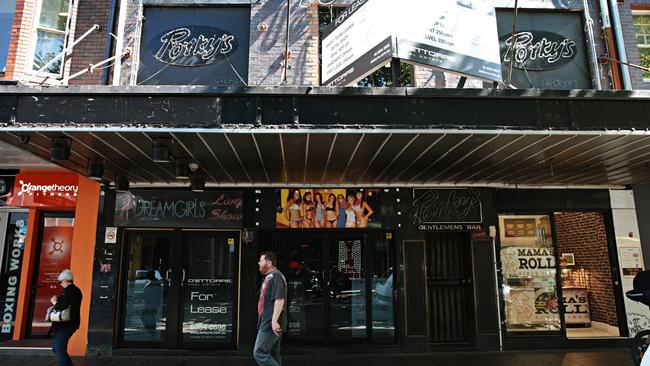
By the 90s the balancing act was gone. There was overt crime and drug overdoses of a day. Corrupt cops ran rackets and sold drugs themselves. I remember having an office in a building on Bayswater Road where a dozen police would tramp up the stairs every Friday afternoon to be paid off by criminals. Again, the Cross proved it was at the vanguard of social issues when it opened the injection centre. It was an unqualified success and, for us locals used to stepping over needles or seeing users overdose, a relief.
Despite or, perversely, because of its infamy people still came. The name was an enticing lure. For young people it held a promise of excitement and adventure, a cure for the boredom of their suburban lives. Yet despite the tragedies of 2014 the name still has a potency, one that alarms many.
There is no doubt the area is now tamed. It has gained a suburban conformity and a general ambience of middle-class respectability, with its emphasis on food, wine, the perfect body and a safe place for babies and children, who are becoming common, as are the ubiquitous prams. I have to acknowledge that the Cross has always been about reinvention and change. But I can’t see any historian, or anyone really, interested in writing about contemporary Potts Point in 100 years. How do you make such blandness exciting?
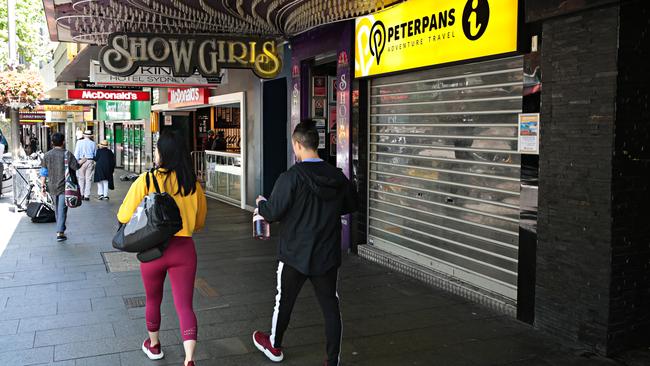
There is also no doubt the committee hopes that during the next year, before a decision is made about the lockout laws in the Cross, more residents will arrive to permanently change the area. These new arrivals will further dilute the diversity and tolerance of the place. These professionals and the well-off constantly complain about the beggars and the homeless and, of course, would love the injection centre to be removed.
Even if the lockout laws were removed, what sort of Kings Cross would there be? At best it would be merely an anaemic simulacrum of its former self. Perhaps the Cross has served its purpose. The rest of Australia seems to have caught up to its social and cultural values (both the vices and the virtues). The new residents definitely don’t want the Kings Cross of old, nor are they interested in its history. As far as they’re concerned the area is now Potts Point.
Recently a local woman wrote to a newspaper suggesting the name Kings Cross be expunged entirely. At first I was appalled by the suggestion, then the heretical notion occurred to me that perhaps it mightn’t be a bad idea. The name would become a myth. It would be a fabled place representing an extraordinary era when it was unique and vibrantly alive while the rest of Australia slept.
Louis Nowra is a playwright and author of Kings Cross: A Biography (NewSouth).

To join the conversation, please log in. Don't have an account? Register
Join the conversation, you are commenting as Logout